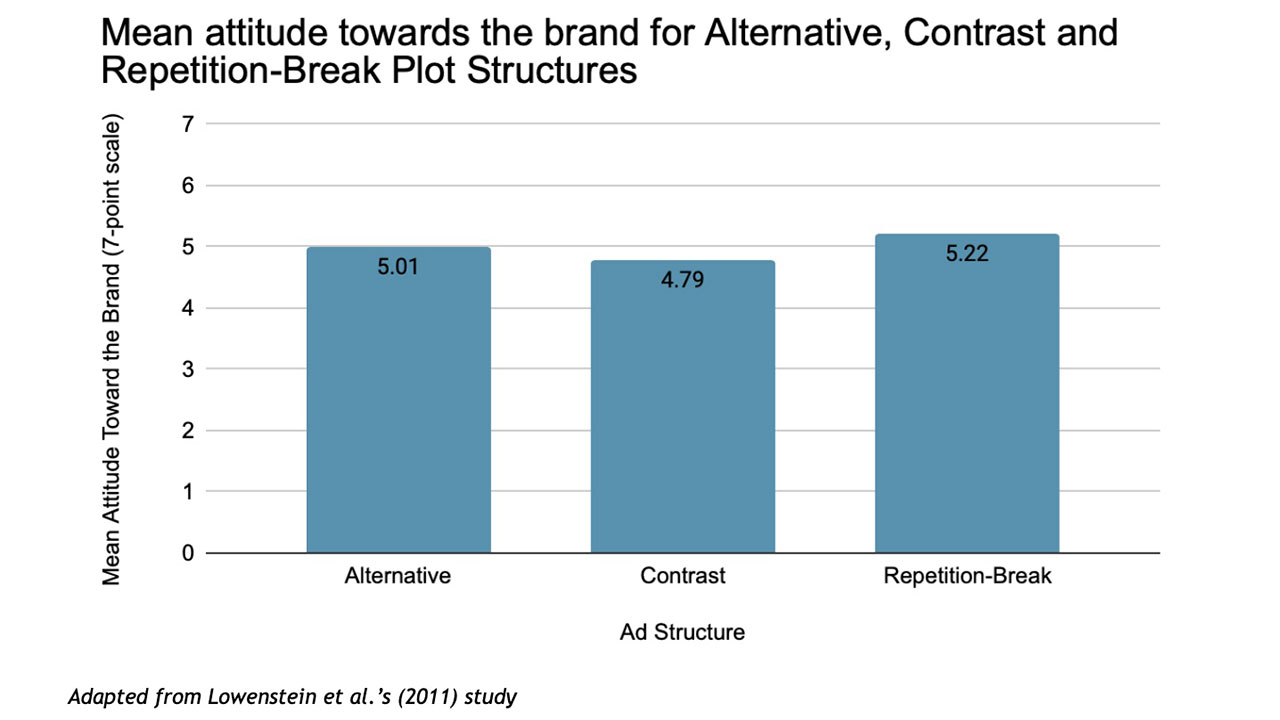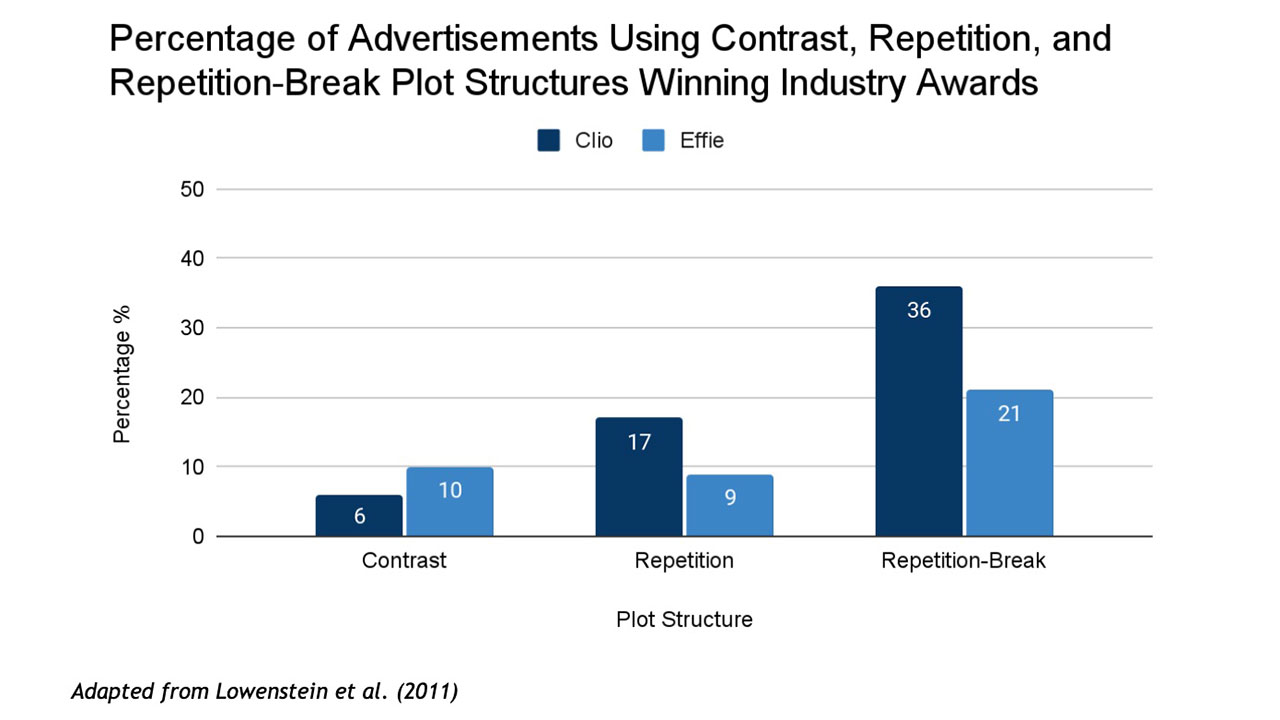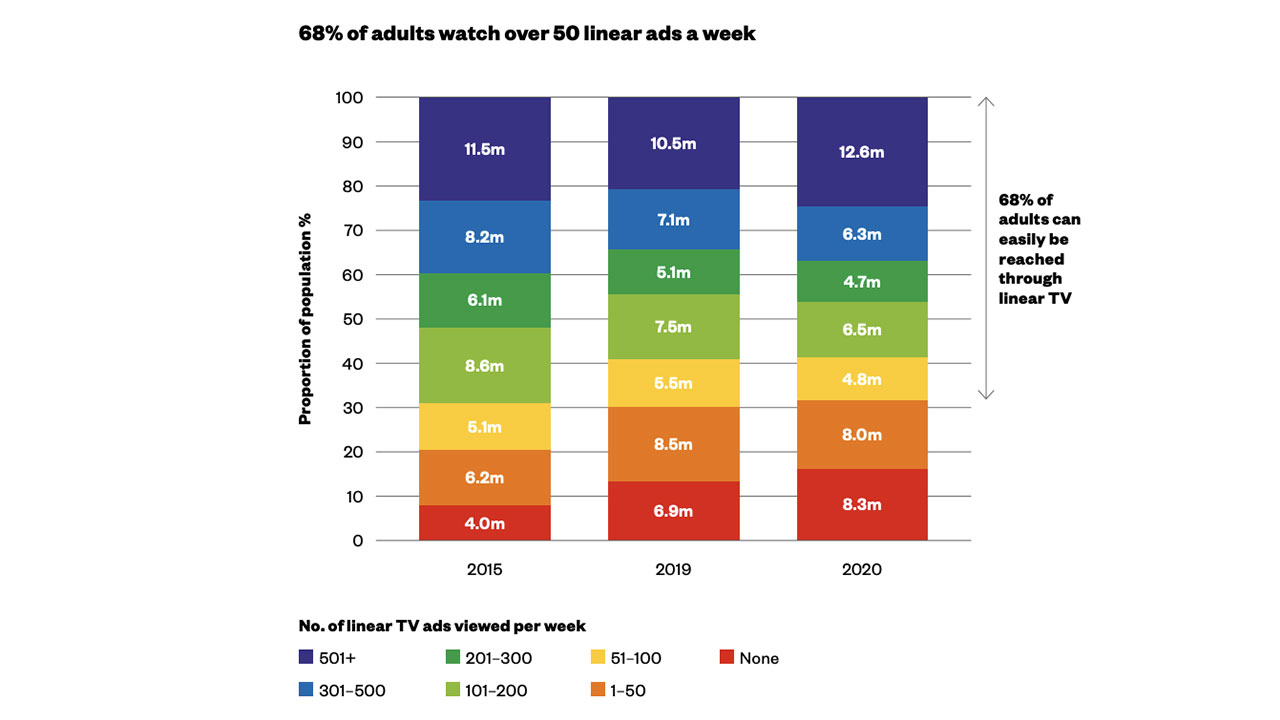Think of the most enduring folktales to have been passed down through generations. Fables such as The Three Little Pigs, Goldilocks and the Three Bears and Billy Goats Gruff.
What do all these stories have in common?
The answer? They set an expectation, repeat this expectation and then finally, break it.
Indeed, a 2009 study by Jeffrey Loewenstein from the University of Illinois and Chip Heath from Stanford University found this structure is present in about a third of folktales and jokes.
In the Three Little Pigs, the wolf huffs and puffs and manages to blow down the first two pigs’ houses. But it is only the third pig’s house that is left standing. In Goldilocks and the Three Bears, only baby bear’s preferences are “just right”. The same again for Billy Goats Gruff. Even Roald Dahl uses a similar structure in Charlie and the Chocolate Factory.
It isn’t a coincidence that many of the greatest stories follow this composition. This suggests that there is also a potential for the benefits of this technique to extend to advertising.
From pigs to proof
In 2011, Jeffrey Loewenstein, Chip Heath and Rajagopal Raghunathan from the University of Texas conducted a study into the effectiveness of this type of storytelling. Its official title is Repetition-Break Plot Structure (RBPS).
The researchers asked 136 participants to watch seven ads from well-known brands (including IKEA, Adidas and Wendy’s). Each ad belonged to one of three categories. Some ads followed RBPS. Others followed a contrast structure, showing two related but differing episodes (e.g. an event before and after using a product). The final category was alternative ads, i.e those using neither RBPS nor contrast structure.
After watching each ad, participants were asked to rate their attitude toward the brand (e.g. pleasantness, quality, favourability etc.) on a seven-point scale.
Lowenstein and his colleagues found that participants had the most positive attitudes toward brands after seeing RPBS ads (mean = 5.22). Alternative ads fared the second-best (mean = 5.01), followed by contrast ads (mean = 4.79). This finding was robust across all brands.

Additionally, in follow-up experiments, the researchers also found that those viewing RBPS ads had higher purchase intentions than those seeing contrast, or alternative ads (21% and 14%, respectively).
From proof to practice
So far, so good. But the gold standard of any experiment is to see if the findings extend to reality. As part of their study, Lowenstein and his colleagues also assessed how RPBS ads fared in the real world.
The researchers categorised 957 ads into one of three plot structures:
- RBPS
- Repetition (i.e. repeating events, but are not broken)
- Contrast
Each ad type was then analysed to assess the proportion of ads chosen for two highly selective industry awards, Clio or Effie.
RPBS ads represented an overwhelmingly large percentage of Clio and Effie award-winning ads, in the range of 21% - 36%. It seems that RBPS ads are not only persuasive among consumers, but industry experts too.

One excellent example is Mastercard’s Priceless campaign, created by McCann. The first ad aired during the 1997 World Series:
Two tickets: $28.
Two hot dogs, two popcorns, two sodas: $18.
One autographed baseball: $45.
Real conversation with 11-year-old son: priceless.
Prior to this, Mastercard was second to Visa by a long shot. But after the ad aired, Mastercard was able to match and even exceed Visa’s growth. Their phenomenally successful campaign has appeared in more than 130 markets, with variations running even today. Priceless has become integral to Mastercard’s DNA.
So why are RBPS ads so powerful? Lowenstein and his colleagues argue that repeating similar episodes allows people to draw comparisons. These comparisons are then used to predict future events, i.e. they set an expectation in the viewer's mind.
By setting these expectations and subsequently deviating from them, the ad sets up a moment of surprise and novelty. This makes the ad sticky, more favourable, as well as more valued according to industry judges.
Unsurprisingly, the element of surprise is an effective tactic.
But perhaps more surprisingly, it is wildly underused. According to Lowenstein et al.’s paper, ads using RPBS only constituted only 4% of TV ads.
I would argue that this is another reason why they are so effective. Because they are infrequent, their use is distinctive. Psychologists have long recognised that distinctiveness is a key driver of human behaviour; we are hard-wired to notice stimuli that stand out (known as the Von Restorff Effect, or the isolation effect).
According to data from BARB, 68% of adults see more than 50 TV ads per week, with 12.6 million seeing upwards of 500 ads.

In an age where consumers are inundated by ads, marketers need to find a route to distinctiveness. The fact that only a minority of ads use RBPS means that they are one way of achieving noticeability.
From practice to... you
So the evidence and creative implications are clear. RBPS ads are more distinctive and persuasive than other structures. This is true across consumers and industry judges. So as an industry, why aren't we using them more?
The beauty of RBPS ads is that their use is not limited to brand or message type. It doesn’t obstruct creativity or originality. Rather, at no additional cost, the structure provides a foundation on how to convey your message. Your task is to then adapt the message to the characteristics of your brand and brief.
So remember the RPBS recipe. Set an expectation, repeat and then break it; you’ll have a great chance of blowing the house down.
References:
‘The Repetition-Break Plot Structure: A Cognitive Influence on Selection in the Marketplace of Idea’ by Jeffrey Loewenstein and Chip Heath. [Cognitive Science. Vol. 33, No.1 pp. 1–19, 2009]
‘The Repetition-Break Plot Structure Makes Effective Television Advertisements’ by Jeffrey Loewenstein, Rajagopal Raghunathan and Chip Heath. [Journal of Marketing, Vol. 75, No. 5, pp. 105-119, 2011]
‘A year in TV. Thinkbox Annual Review 2020–21’ Thinkbox. Source: https://www.thinkbox.tv/why-tv/unbeatable-scale-and-reach/



